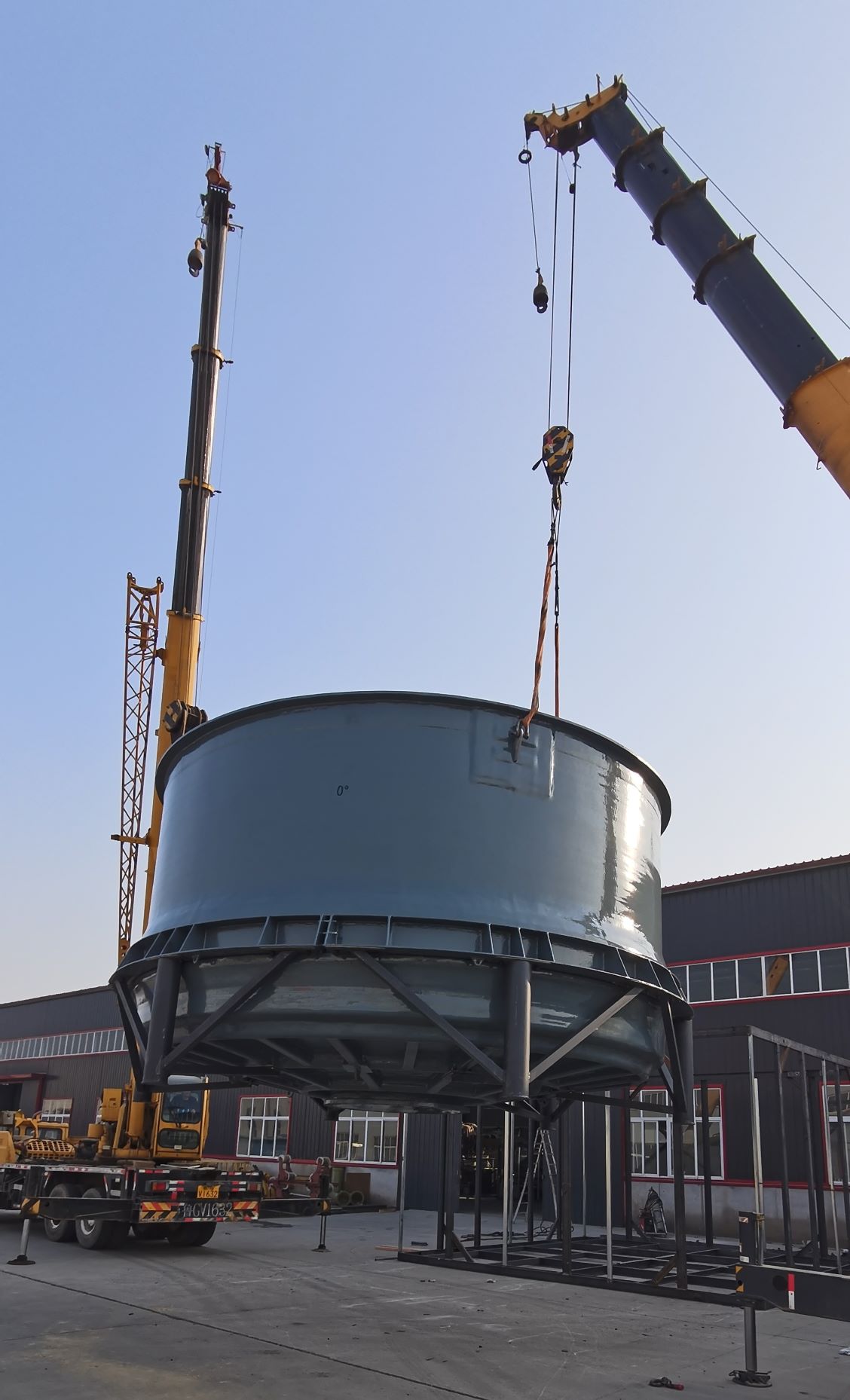
-
 Afrikaans
Afrikaans -
 Albanian
Albanian -
 Amharic
Amharic -
 Arabic
Arabic -
 Armenian
Armenian -
 Azerbaijani
Azerbaijani -
 Basque
Basque -
 Belarusian
Belarusian -
 Bengali
Bengali -
 Bosnian
Bosnian -
 Bulgarian
Bulgarian -
 Catalan
Catalan -
 Cebuano
Cebuano -
 China
China -
 China (Taiwan)
China (Taiwan) -
 Corsican
Corsican -
 Croatian
Croatian -
 Czech
Czech -
 Danish
Danish -
 Dutch
Dutch -
 English
English -
 Esperanto
Esperanto -
 Estonian
Estonian -
 Finnish
Finnish -
 French
French -
 Frisian
Frisian -
 Galician
Galician -
 Georgian
Georgian -
 German
German -
 Greek
Greek -
 Gujarati
Gujarati -
 Haitian Creole
Haitian Creole -
 hausa
hausa -
 hawaiian
hawaiian -
 Hebrew
Hebrew -
 Hindi
Hindi -
 Miao
Miao -
 Hungarian
Hungarian -
 Icelandic
Icelandic -
 igbo
igbo -
 Indonesian
Indonesian -
 irish
irish -
 Italian
Italian -
 Japanese
Japanese -
 Javanese
Javanese -
 Kannada
Kannada -
 kazakh
kazakh -
 Khmer
Khmer -
 Rwandese
Rwandese -
 Korean
Korean -
 Kurdish
Kurdish -
 Kyrgyz
Kyrgyz -
 Lao
Lao -
 Latin
Latin -
 Latvian
Latvian -
 Lithuanian
Lithuanian -
 Luxembourgish
Luxembourgish -
 Macedonian
Macedonian -
 Malgashi
Malgashi -
 Malay
Malay -
 Malayalam
Malayalam -
 Maltese
Maltese -
 Maori
Maori -
 Marathi
Marathi -
 Mongolian
Mongolian -
 Myanmar
Myanmar -
 Nepali
Nepali -
 Norwegian
Norwegian -
 Norwegian
Norwegian -
 Occitan
Occitan -
 Pashto
Pashto -
 Persian
Persian -
 Polish
Polish -
 Portuguese
Portuguese -
 Punjabi
Punjabi -
 Romanian
Romanian -
 Russian
Russian -
 Samoan
Samoan -
 Scottish Gaelic
Scottish Gaelic -
 Serbian
Serbian -
 Sesotho
Sesotho -
 Shona
Shona -
 Sindhi
Sindhi -
 Sinhala
Sinhala -
 Slovak
Slovak -
 Slovenian
Slovenian -
 Somali
Somali -
 Spanish
Spanish -
 Sundanese
Sundanese -
 Swahili
Swahili -
 Swedish
Swedish -
 Tagalog
Tagalog -
 Tajik
Tajik -
 Tamil
Tamil -
 Tatar
Tatar -
 Telugu
Telugu -
 Thai
Thai -
 Turkish
Turkish -
 Turkmen
Turkmen -
 Ukrainian
Ukrainian -
 Urdu
Urdu -
 Uighur
Uighur -
 Uzbek
Uzbek -
 Vietnamese
Vietnamese -
 Welsh
Welsh -
 Bantu
Bantu -
 Yiddish
Yiddish -
 Yoruba
Yoruba -
 Zulu
Zulu
grp flange
Understanding GRP Flanges Functionality and Applications
In recent years, the use of Glass Reinforced Plastic (GRP) in various engineering applications has gained significant traction, particularly in constructing flanges. GRP, also known as Fiberglass Reinforced Plastic (FRP), is a composite material made from a polymer matrix reinforced with glass fibers. This combination results in a material that is not only lightweight but also exceptionally strong and corrosion-resistant, making it an ideal choice for flanges in industrial settings.
The Role of Flanges in Engineering
Flanges are critical components used in pipeline systems and mechanical assemblies. They act as connectors between different pipe sections, allowing for easy assembly and disassembly. Typically made from metal, flanges are subjected to high pressures and harsh environments, making material selection crucial. However, the incorporation of GRP flanges represents a paradigm shift in materials engineering, offering numerous advantages over traditional materials like steel and cast iron.
Advantages of GRP Flanges
1. Corrosion Resistance One of the most significant benefits of GRP flanges is their resistance to corrosion. Traditional metal flanges can degrade over time when exposed to harsh chemicals, moisture, or saltwater environments. GRP flanges, on the other hand, do not rust or corrode, which makes them suitable for industries such as chemical processing, wastewater management, and marine applications.
2. Lightweight GRP is considerably lighter than metal alternatives, which can significantly reduce transportation and installation costs. The reduced weight means that less supporting infrastructure is needed, making it an economical choice for large-scale projects.
3. Durability While light, GRP flanges are also remarkably strong. They can withstand high levels of stress and pressure, making them suitable for applications that require robust and long-lasting connections. Their durability extends the lifespan of the entire system, leading to lower maintenance costs in the long run.
4. Thermal Insulation GRP flanges exhibit excellent thermal insulation properties, reducing heat transfer between components. This is particularly beneficial in applications involving hot fluids, as it helps maintain efficiency and prevents heat loss.
grp flange

5. Customizability GRP flanges can be manufactured in various shapes, sizes, and configurations. This flexibility allows engineers to design bespoke solutions tailored to specific operational requirements, enhancing overall system efficiency.
Applications of GRP Flanges
Due to their remarkable properties, GRP flanges are utilized across various industries
- Chemical and Pharmaceutical Industries The corrosion-resistant nature of GRP makes it ideal for handling aggressive chemicals, minimizing the risk of leaks and contamination in sensitive environments.
- Water Treatment Plants GRP flanges are used extensively in water and wastewater treatment systems, where they can effectively resist the harsh conditions often found in these operations.
- Oil and Gas Sector In offshore oil platforms and refineries, GRP flanges provide a reliable solution for managing fluids in high-pressure environments while resisting the corrosive elements associated with oil and gas extraction.
- Construction The lightweight nature of GRP materials also finds application in construction, particularly in piping systems where reducing weight is critical to structural integrity and cost.
Conclusion
GRP flanges represent a modern solution to the challenges faced by traditional materials in various applications. Their unique combination of strength, lightweight, and corrosion resistance makes them a superior choice for industries that are increasingly demanding reliable and efficient components. As technology continues to evolve and the advantages of composite materials become more recognized, GRP flanges are poised to play a crucial role in the future of engineering and design, reshaping the landscape of industrial solutions. By choosing GRP flanges, businesses can not only enhance operational efficiencies but also contribute to sustainable practices by reducing maintenance requirements and lifecycle costs.









